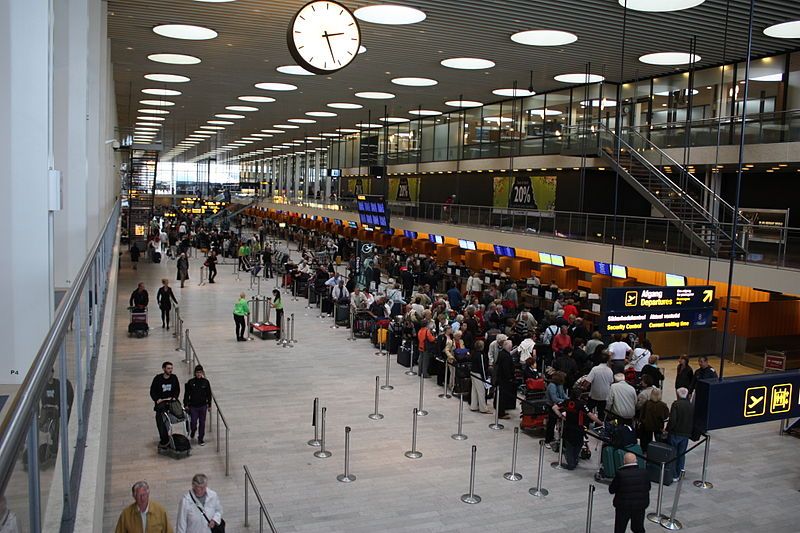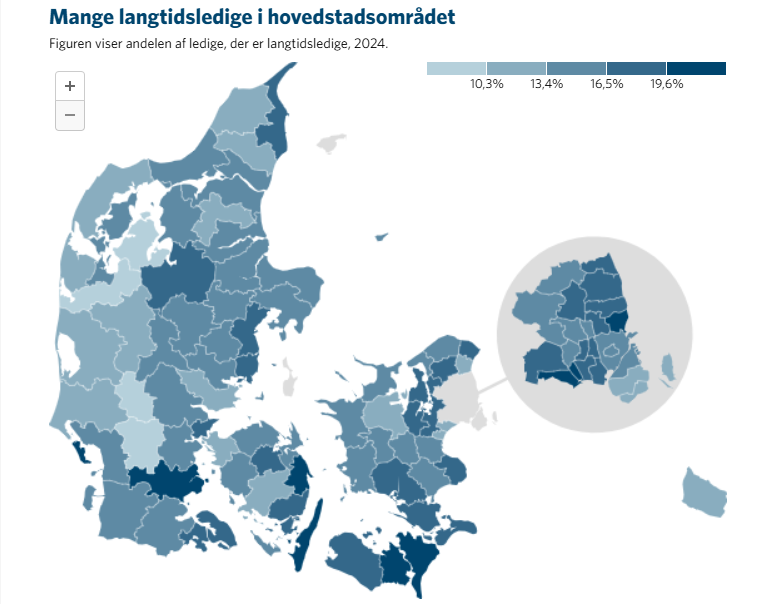The 2014 Reuters Institute Digital News Report analysed news consumption throughout ten countries and came to a simple conclusion: while the market for digital news is expanding, print news sales remain solid.
The study included an online questionnaire for newsreaders – defined as someone who had read any news article in the past week – that asked them about the ways in which they consume news both on and offline.
The headline statistic is that, between this year and last, there has been no significant drop in newspaper purchases.
When asked if they had purchased a print newspaper in the past week, 49 percent of the participants said yes, compared to 50 percent in 2013’s study.
Danes go digital
However, only 30 percent of Danes said they had purchased a print newspaper within the last week, which means they either have an ongoing subscription or had bought one at a shop.
This is relatively low compared to Japan (68 percent), Germany (62 percent) and the UK (51 percent).
Danes seemingly prefer digital news sources, as they ranked first in both smartphone and tablet news consumption.
Why go out of my way?
Perhaps more significant is the way Danes get their print news compared to other countries.
The majority of the Danes (80 percent) who get print news receive it by home delivery in an ongoing subscription.
Japan, which ranked first for print news consumption, is similar to Denmark in its preference for subscriptions, with 57 percent of its readers paying for ongoing subscriptions to print news sources.
Meanwhile, UK readers prefer to pick up individual editions at the local shop, as 38 percent of the population claimed to have paid for a print newspaper within the last week.













